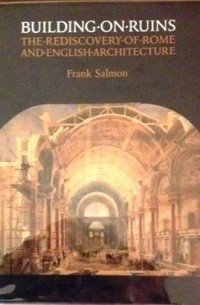Charles Barry's victory in the competition to design the new Houses of Parliament in 1836 has been widely regarded as the moment in English architecture when the influence of Greece gave way to Victorian Gothic. In this illustrated book, Frank Salmon redirects attention to major classically-inspired buildings in Birmingham, Cambridge, Liverpool and the City of London, also commissioned in this period after competitions had been held. He argues that these buildings bear witness to a self-conscious and more widespread identification with the ancient Roman world among the English middle classes, an identification tied to the expression of civic culture and pride during this time of political upheaval and social reform. The 18th-century fascination with the classical world, manifested in the Grand Tour and in British country houses, is a much-studied cultural phenomenon. In this book, Frank Salmon shows how study in Italy, an essential part of British architectural training in the second half of the 18th century, continued on beyond the Napoleonic period, during which there had been significant advances in the unearthing of ancient ruins. The knowledge of the ruins of Rome and Pompeii after 1815 made possible detailed imaginative reconstructions of the Roman townscape, distinct in type from 18th-century representations, that helped trigger a popular fascination with Roman society and architecture. Salmon's account of the commissioning of buildings of explicitly Roman character in England offers a fascinating insight into this preoccupation with Rome and the symbolic intentions of the architects' civil and academic patrons.
 Фрэнк Сэлмон
Building on Ruins: The redi...
Фрэнк Сэлмон
Building on Ruins: The redi...
